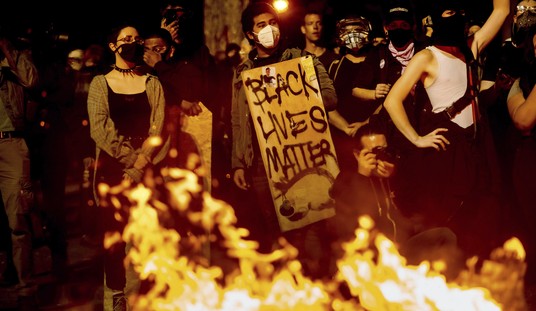Last year, roleplaying game (RPG) company Arc Dream Publishing successfully Kickstarted a new standalone edition of the classic Call of Cthulhu game setting Delta Green. For those who are not familiar with the game: Delta Green is “Cthulhu Mythos as government conspiracy” horror. Players took the role of members of a rogue organization hidden inside the federal government; one dedicated to horribly dying in order to keep the Mythos at bay for just a brief, cosmically insignificant bit longer. It’s widely considered to be one of the best RPG settings ever made, which is why the Kickstarter rather easily got funded.
Being one of the backers, I just got my PDF copy of the Agent’s Handbook. This is not a review of that book; it’s more of a look at how things and assumptions have changed since the first edition of Delta Green. Which is perhaps unsurprising: after all, our perception of the world has drastically changed since the 1990s. As has our conception of what is considered “horrific.”
The most obvious change in the setting (and this has been discussed by the authors of the game itself) is, of course, coming to terms with the 9/11 attacks. The 1990s Delta Green was unquestionably a horror game; but it was a horror game set in what was, in retrospect, a ten-year American holiday from consequence. The Cold War was over, and we had won; and while you can easily still have a horror campaign in a setting like that, it requires a certain mindset and attitude. In this particular case, the theme of the old-school Delta Green was very much ‘poisoned chalice’: Look beneath the surface of everything you love and respect, and you will see nothing but corruption and chaos.
This theme, of course, could still occur in the second edition, but based on what I’ve seen so far the new Delta Green seems to be more about what you do after you’ve had a glimpse of what Ken Hite would call a terrible anagnorisis. Skipping over any debate over just how awful the last fifteen years have actually been, it’s fair to say that, after 9/11, a lot of people are much more apprehensive about the long-term security and stability of our civilization. If you’re going to run horror scenarios in that setting, it makes sense to focus on the long-term — or even medium-term, if a party is unlucky — damage to one’s relationships and place in the world that comes from fighting against the Cthulhu Mythos. I’m not going to give specific details here, but the new edition does focus on how to play out player-characters’ isolation and alienation from everyone around them in a way that the first edition did not. Which is not a knock on the first edition: different game, different time.
Now, the other interesting thing that I’m going to bring up is about how background information is provided to the beginning player in the second edition, as compared to the first. Again, the first edition is, in fact, not a standalone game: you need the basic Call of Cthulhu (CoC) game to play it. Flipping through my various copies of CoC, the style back then was One Big Book that both Investigator (PC) and Keeper (Gamemaster, or GM) would reference. Obviously, you weren’t supposed to read the latter if you were an Investigator… but then, when it came to CoC a smart player cherished his ignorance of exactly what Ye Liveliest Awfulness was out there. All of which means that there was a certain, perhaps, resignation in the first edition of Delta Green that players would have a basic idea what was going on, even if their characters didn’t. A GM could get around that by controlling access to the Delta Green sourcebook, but the players would still need their own copy of the main rules if they wanted to create their own characters.
The second edition handles this with making the Agent’s Handbook largely about how to create a character, how to connive in your character’s inevitable destruction, and mundane elements of the world that the players might know not about, like the exact organization of, and resources available to, the Drug Enforcement Agency. No spells, no monsters, no Forbidden Books — in fact, the players don’t even really know anything about Delta Green itself. Which makes total sense thematically — it’s a game about a secret government conspiracy that’s fighting cosmic horrors — but the second edition is still going to produce a different mood than the first edition.
Mind you, none of this should suggest that the first edition is superior to the second, or vice versa, or in fact that the two editions can even be meaningfully compared at all. Not to go pretentious or anything, but: horror reflects the culture. We’re just scared of different things now than the things that we were scared of in 1998. And we’ll be scared of a whole new set of different things in 2034, too. Our games really should reflect that.









Join the conversation as a VIP Member